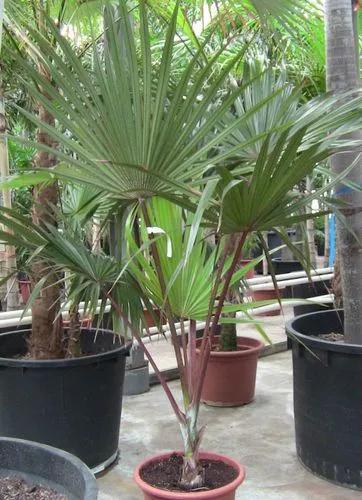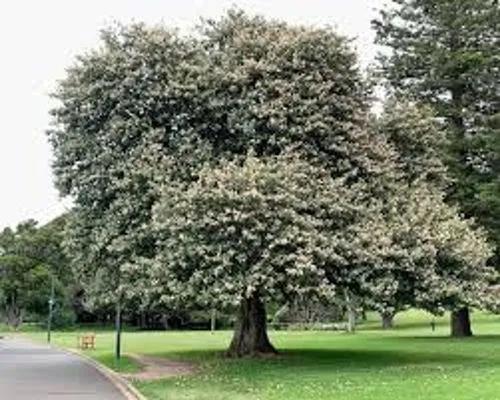Pinus elliottii, commonly known as slash pine, is a conifer tree in the Southeastern United States. Slash pine is named after the "slashes" – swampy ground overgrown with trees and bushes – that constitute its habitat. Other common names include swamp pine, yellow slash pine, and southern Florida pine. Historically, slash pine has been an important economic timber for naval stores, turpentine, and resin. Slash pine has two different varieties: P. e. var. elliottii and P. e. var. densa. Slash pine is known for its unusually high strength, especially for pine. It exceeds many hardwoods and is even comparable to very dense woods such as ironwood.
Slash Pine Care
Pinus Elliottii



This tree is fast-growing, but not very long-lived by pine standards (to 200 years). It reaches heights of 18–30 m (59–98 ft) with a trunk diameter of 0.6–0.8 m (2.0–2.6 ft). The leaves are needle-like, very slender, in clusters of two or three, and 18–24 cm (7.1–9.4 in) long. The cones are glossy red-brown, 5–15 cm (2.0–5.9 in) in length, with a short (2–3 mm or 0.079–0.118 in), thick prickle on each scale. It is known for its conical shape and unusually high strength, especially for a pine. Its wood has an average crush strength of 8,140 lb/in2 (56.1 MPa), which exceeds many hardwoods such as white ash (7,410 lb/in2) and black maple (6,680 lb/in2). It is not as strong as black ironwood (9,940 lb/in2), but because its average density is less than half that of ironwood, slash pine has a far greater strength-to-weight ratio.
It may be distinguished from the related loblolly pine (P. taeda) by the somewhat longer, glossier needles and larger red-brown cones, and from longleaf pine (P. palustris) by the shorter, more slender needles and smaller cones with less broad scales.
Two varieties of P. elliotii are described, but recent genetic studies have indicated that the varieties may not be more closely related to each other than they are to other pines in the Southeast. If this is the case, reclassifying these varieties as separate species would be warranted. P. elliottii can hybridize with P. taeda, sand pine (Pinus clausa), and P. palustris.
How to Care for the Plant

Popularity

174 people already have this plant 14 people have added this plant to their wishlists
Discover more plants with the list below
Popular articles






